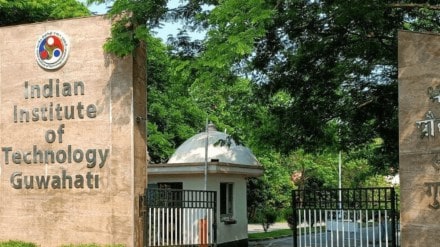A team of researchers from the Indian Institute of Technology (IIT) Guwahati has developed a Deep Learning (DL)-based framework called OsteoHRNet. The institution claims that the framework has the ability to automatically evaluate the severity of Knee Osteoarthritis (OA) by analysing X-ray images. By utilising artificial intelligence (AI), the model can detect the level of severity of the disease and aid medical practitioners in making more accurate diagnoses remotely. The researchers at IIT Guwahati have focused on improving the automated detection of knee osteoarthritis from X-ray images or radiographs to assist in clinical evaluations. As part of their efforts, they have developed an AI-based model that can assess the severity of Knee OA automatically, according to an official release.
It’s important to note that the proposed approach is not a direct implementation of popular deep learning models. The AI-based model employs an efficient Deep Convolutional Neural Network (CNN), specifically an algorithm designed for image recognition. This model predicts the severity of knee OA based on the Kellgren and Lawrence (KL) grading scale, which is approved by the World Health Organization (WHO). The scale ranges from grade zero (indicating low severity) to grade four (indicating high severity). The AI-based model is built on the High-Resolution Network (HRNet), one of the most recent deep learning models, to effectively capture multi-scale features present in knee X-rays, the release mentioned.
“Although simple, the proposed model may be a good starting point for analysing inexpensive radiographic modalities such as X-rays. Our group is currently focusing on how efficient Deep Learning based models can be designed so that we can work on inexpensive and easy to available modalities such as very low-resolution radiographic images or even photos taken from radiographic plates by a smartphone,” Arijit Sur, department of Computer Science and Engineering, IIT Guwahati, said.
The team is further working to reconfigure these models in such a way that they can be deployed in resource-constrained devices so that medical professionals can easily get an initial but accurate guess for the diagnosis. This work has the potential to mitigate the severe shortage of skilled personnel in this field, especially in rural India. “Compared to others, our model can pinpoint the area which is medically most important to decide the severity level of knee osteoarthritis thus helping medical practitioners detect the disease accurately at an early stage,” Palash Ghosh, assistant professor, Department of Mathematics, IIT Guwahati, said.
